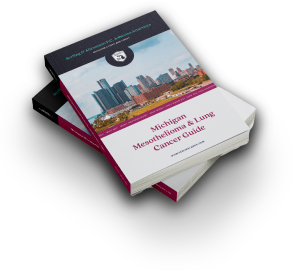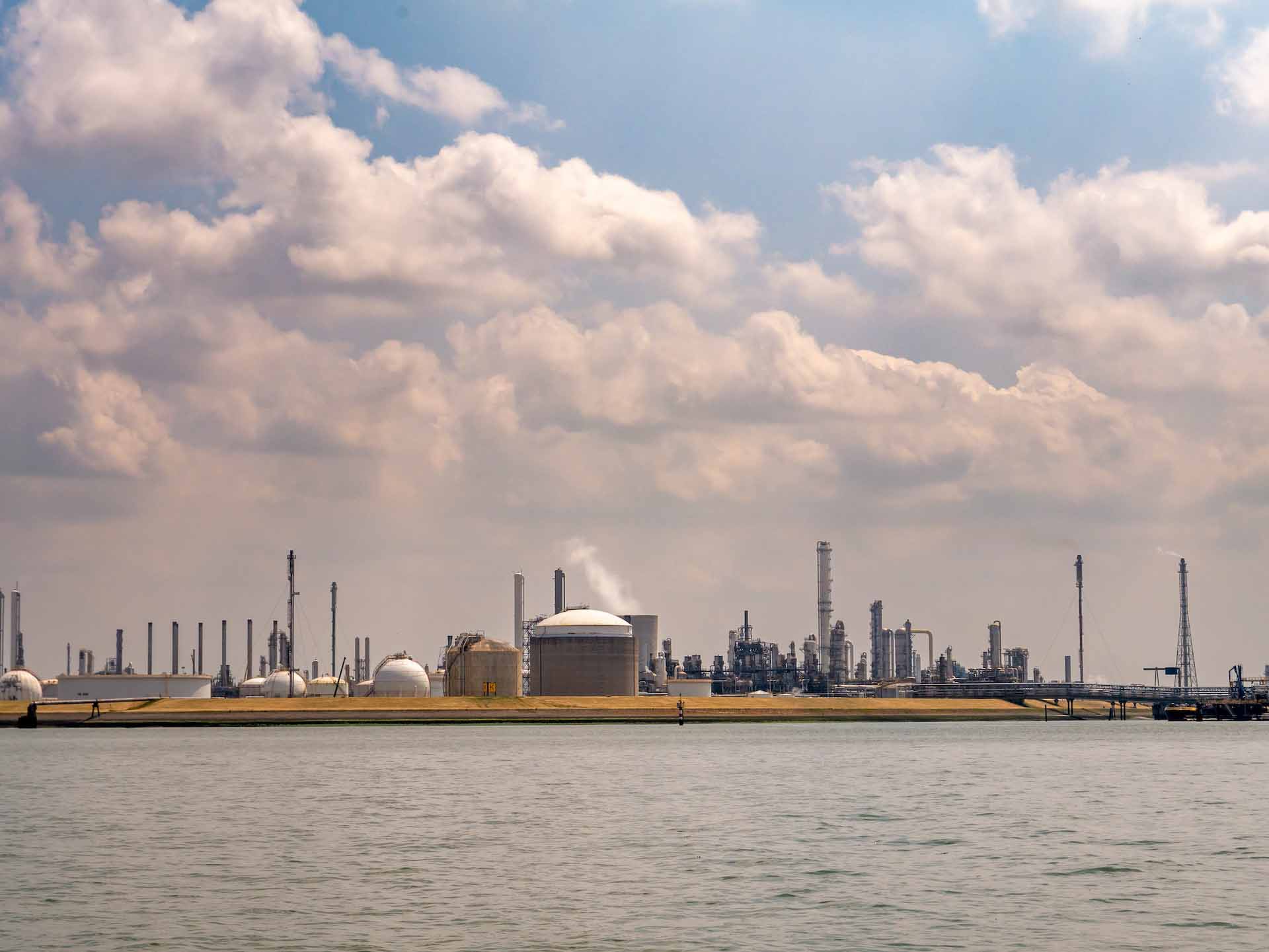Many Americans celebrate Labor Day with parades, picnics, and parties. While most Americans enjoy the first Monday in September as a day off from work, the holiday has a rich history that you may not know about.
As early as the 1880s, labor activists pushed for a federal holiday to recognize the many contributions workers have made to America’s strength, prosperity, and culture. Before it became a federal holiday, individual states recognized the holiday. Over time, a federal movement began to form and in 1894, Congress passed an act making the first Monday in September of each year a legal holiday.
The very first Labor Day holiday was celebrated on Tuesday September 5th, 1882, in New York City. By 1894, 23 more states had adopted the holiday and on June 28th, 1894, Grover Cleveland signed a law creating the federal holiday we still enjoy today. It is significant that the holiday began in the late 1800s during the height of the Industrial Revolution. As manufacturing operations increased in our country, so did American employment and labor unions; leading to more advocacy for workers’ rights and safety. The idea of a “workingmen’s holiday” quickly caught on and thus Labor Day was born.
The rise of the Industrial Revolution also coincided with the rise of asbestos use. During the large period of growth of the Industrial Revolution, the asbestos industry also flourished. The practical and commercial uses of asbestos increased greatly due to the heat resistant and insulation properties the material possesses. Many years later – well into the 1900s the dangers of asbestos began to show themselves, long after many workers were already exposed.
A multitude of trades were exposed to asbestos on the job. Handling asbestos without respiratory protection may lead to diseases such as mesothelioma or lung cancer many years after the exposure has occurred. If you or a loved one has been diagnosed to mesothelioma or lung cancer you may be entitled to compensation. Fill out a free case evaluation.
Have a safe and wonderful Labor Day holiday!




